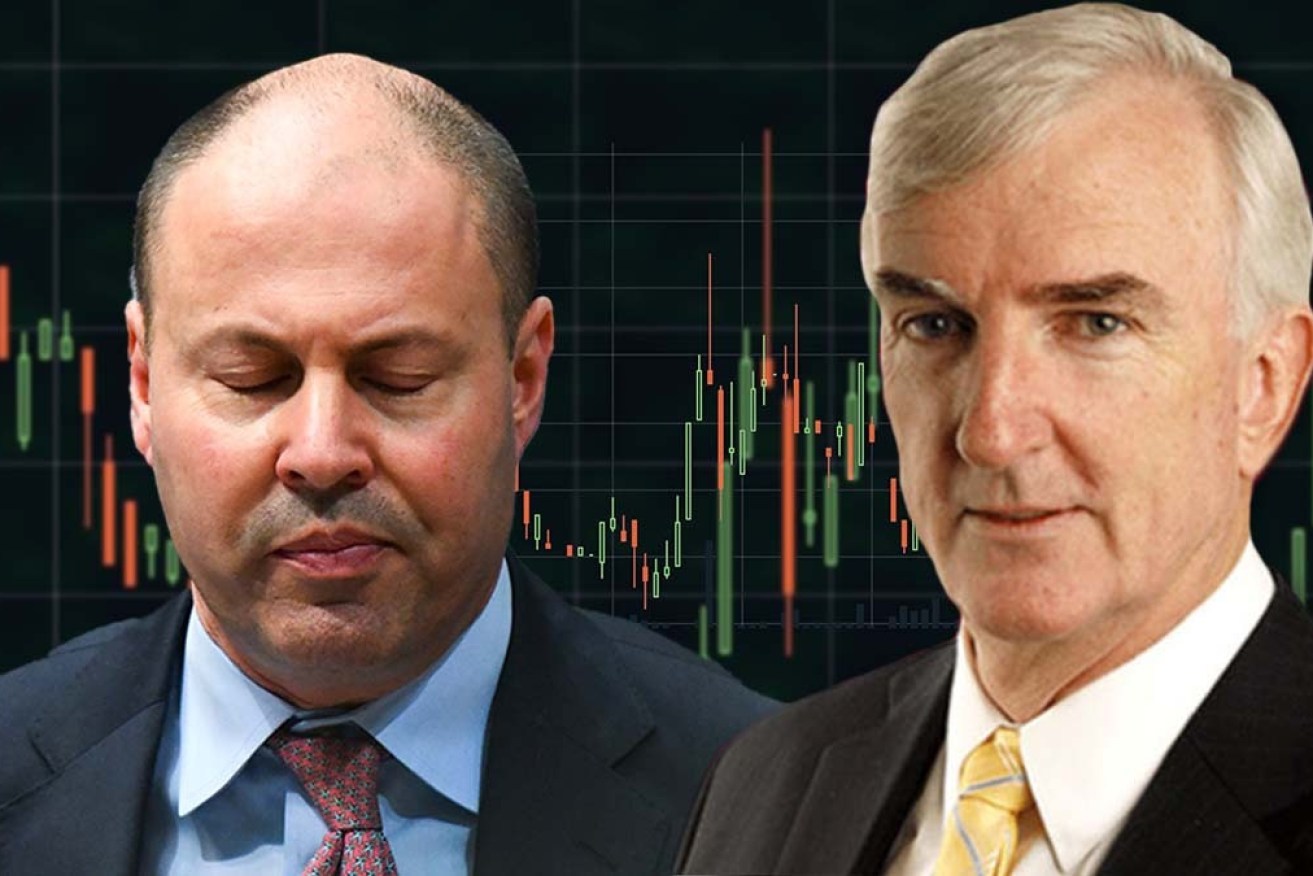Michael Pascoe: Federal government still missing on investment


The investment figures are little to get excited about, Michael Pascoe writes. Photo: TND
Yes, Thursday’s private capital investment figures were good, the expectations part of the survey promising a surge of spending this financial year – but take a step back from the headlines and you’ll see capex actually is not so flash.
The jump in non-mining spending expectations for this financial year doesn’t do much more than make up for the COVID-caused dive this time last year. Big whoop.
The bigger problem is that there is no sign of policy with the potential to change that – no “Building Back Better”, no sustainable housing policy when the HomeBuilder surge runs off, no energy policy certainty to allow major investment in decarbonisation.
Instead, it’s the same old same old that demonstrably hasn’t worked – trickle-down talk of lower taxes, smoke-and-mirrors advertising around no real increase in federal infrastructure investment, subsidies for fossil fuel projects.

The end of stimulus, such as HomeBuilder, and the lack of sustainable policies will contribute to the stagnant growth. Photo: Getty
The pandemic with its shutdowns and confusion has wreaked havoc with annual statistical comparisons.
The Australian Bureau of Statistics has suspended its attempt to divine “trend” figures that look through the noise at underlying behaviour in business activity.
“It may be some time before the underlying trend in business activity can be accurately estimated,” the ABS warns.
So let’s take a couple of steps back to what the nation’s non-mining chief financial officers were telling the ABS in the September quarter of 2018-19: They expected to invest $93 billion in capex that financial year.
Now they are expecting to invest $96.8 billion this financial year – an increase of just 4 per cent three years later. It doesn’t cover inflation.
The 2018-19 year was our best for non-mining capex. The CFOs actually invested $100.4 billion that year, dropping to $92.5 billion in 2019-20 and down another couple of billion to $90.2 billion last financial year.
After that performance, business expecting to spend $96.8 billion this year is hardly earth shattering.

Non-mining private capital expenditure. Graph: ABS
We might finish up doing better than that – the penny-pinching nature of CFOs tends to mean they estimate (or hope) they’ll spend a bit less than they eventually are convinced to part with.
Given that hard-to-measure factor, plus whatever the ’Rona does or doesn’t get up to, the best we can do is compare the September quarter estimates.
That results in no end to the sorry tale of weak business investment, the reality the Reserve Bank must be getting tired of complaining about.
The promise of a non-mining investment catch-up from last year’s September quarter forecast of $79.2 billion to the expected $96.8 billion will help the economy, growth last year’s actual $90 billion make GDP growth look better and help balance the impact of not having the JobKeeper splurge.
The pull-forward effect of immediate tax write-off for capex helps boost this recovery – but the risk is that it can create a bit of a hole out the other side.
Just how many new utes and laptops does a business need?
Macromonitor sees the current boom in transport infrastructure construction – overwhelmingly funded by the states – peaking this financial year and then declining.
The Morrison government is big on using taxpayers’ money to tell electors the government is spending big on transport.
But, as has been explained in this space often enough, in real terms Josh Frydenberg’s 10-year commitment might be lucky to match what Joe Hockey was promising seven years ago – and that was a reduction from the previous government.
The indications are that the economy will be recovering strongly in the first half of next year with pent-up demand and spending pull-forward.
That will work well for the election, but it doesn’t offer a path out of longer-term stagnation.










